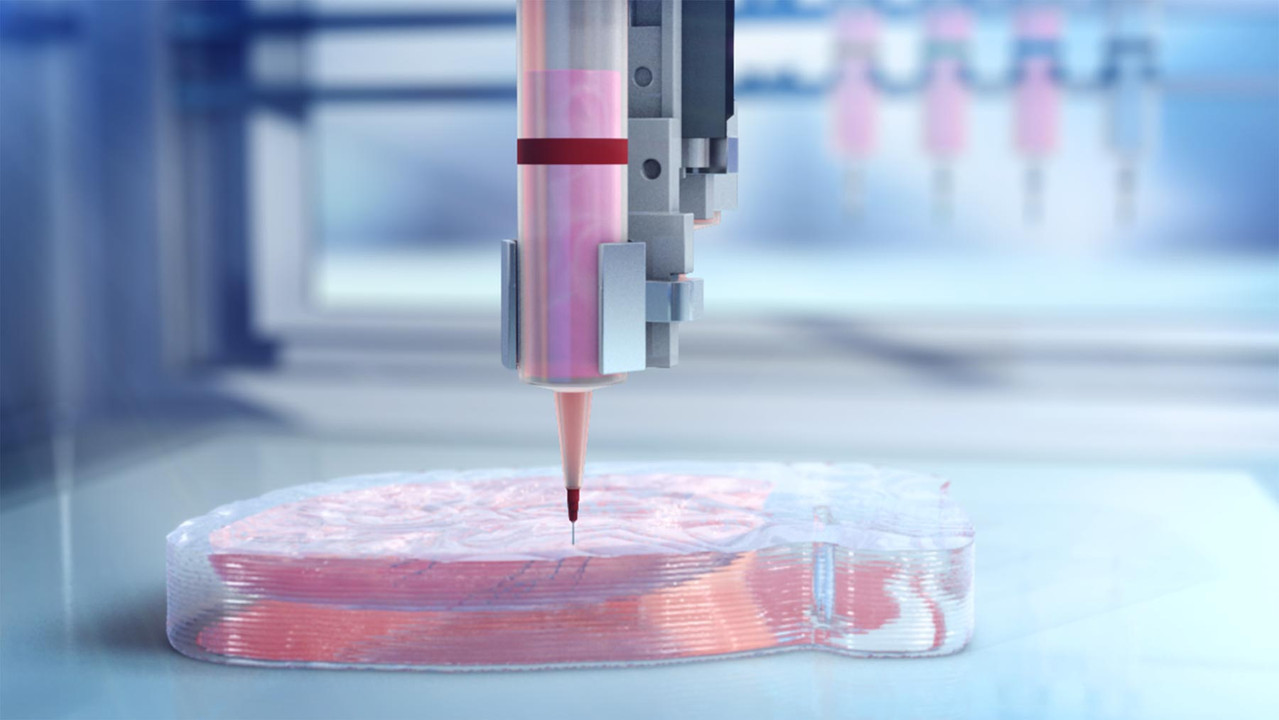Is Bioprinting the Future of Organ Transplants?
Bioprinting is an emerging technology that has the potential to revolutionize the field of organ transplants. Bioprinting involves using 3D printing technology to create living tissues and organs by depositing living cells in a precise pattern. This technology has the potential to address the shortage of organ donors and the high failure rates of transplanted organs.
One of the main advantages of bioprinting is the ability to create organs that are genetically identical to the patient, which eliminates the need for immunosuppressive drugs and the risk of rejection. Additionally, bioprinting allows for the creation of functional, complex structures such as blood vessels, which are crucial for the survival of transplanted organs.
Currently, researchers are working on bioprinting several types of organs, including the liver, heart, and kidney. In the future, bioprinting may also be used to create other organs such as the pancreas and lungs.
Bioprinting is still in the early stages of development, and it may be several years before it becomes a viable option for organ transplants. Additionally, there are still several challenges that need to be addressed, such as ensuring that the printed organs have the same functionality and durability as native organs, and addressing the ethical considerations surrounding the use of bioprinting for organ transplants.
In conclusion, bioprinting is an emerging technology with the potential to revolutionize the field of organ transplants by addressing the shortage of organ donors and the high failure rates of transplanted organs. While still in the early stages of development, it is a promising area of research that may offer new solutions for patients in need of organ transplants in the future.
Truway Health News & Insights
Breathe, Refuel, Recharge: Finding Your Daily Balance
Written by Perry JohanssenPublished and Edited by Truway Health Life rarely slows down on its own. B...
Truway Health Launches “ImmuneNet”: A New Era in Quantum-Synaptic Immunotherapy
Reimagining How Immunity Can Be Understood and Guided At Truway Health, innovation never sleeps.Toda...
Announcing the HEALTH Trial: Humanoid Evaluation and Learning in Healthcare
Published by Truway Health, Inc.Principal Investigator: Gavin SolomonClinicalTrials.gov Identifier:...
We’re thrilled to launch our first-ever clinical trial of TruDxPc
Study Identification Protocol ID: TRHW-DX-001 Brief Title: Truway Diagnostic Tools in Primary Ca...
What to Know About the Seasonal Flu This Year
As cooler weather sets in, flu season returns. Each year brings new strains, evolving guidance, and...
Gamification and Health: Turning Wellness Into a Daily Game
Introduction For many people, staying healthy feels like a chore: eating clean, exercising regularly...







